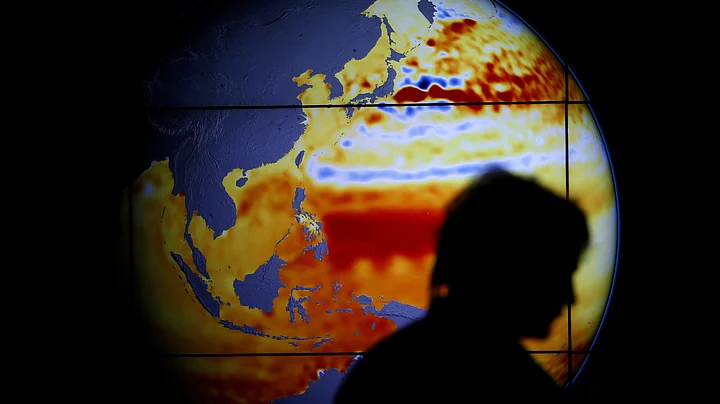To make a limited analogy, now that the historic Paris deal has been reached, the starting gun has gone off. But the new era in combating climate change is not like any other race. Like India, every individual country year has chosen its own starting line –the Intended Nationally Determined Contributions (INDCs). These INDCs are not legally binding. However, the Paris accord means that no country can ‘backslide’ from their stated goals in the INDCs.
Here’s what the world’s media is reporting today:
More than 190 countries approved the Paris Agreement, which for the first time requires all developed and developing nations to take action to tackle global warming by limiting their greenhouse-gas emissions. Under the 1992 Kyoto Protocol, the current climate deal, only 35 rich countries responsible for some 12% of global emissions have to cut emissions, leaving out leading polluters such as the US, China and India.The Wall Street Journal
Just the Deal is Not Enough
The New York Times reports that the new deal will not, on its own, solve global warming. At best, scientists who have analysed it say, it will cut global greenhouse gas emissions by about half enough as is necessary to stave off an increase in atmospheric temperatures of 2 degrees Celsius or 3.6 degrees Fahrenheit.
The Global Stocktake
The first stocktake will happen in 2018, but the first one under the deal happens in 2023. The text promises that parties “shall undertake ... [the] first global stocktake in 2023 and every five years”, says The Guardian
Every Nation Should Do Its Bit
According to Vox;
The United States is vowing to cut its greenhouse gas emissions at least 26 percent below 2005 levels by 2025, through policies like the Clean Power Plan to decarbonise power plants.
The European Union will cut emissions 40 percent below 1990 levels by 2030.China has vowed that its emissions will peak around 2030 and that it will get about 20 percent of its electricity from carbon-free sources by then.
Brazil will cut emissions 37 percent below 2005 levels by 2025, with an emphasis on curbing illegal deforestation in the Amazon.
India will continue to reduce its carbon intensity, or CO2 output per unit of economic activity, in line with historic levels (though overall emissions will grow).
(At The Quint, we question everything. Play an active role in shaping our journalism by becoming a member today.)
